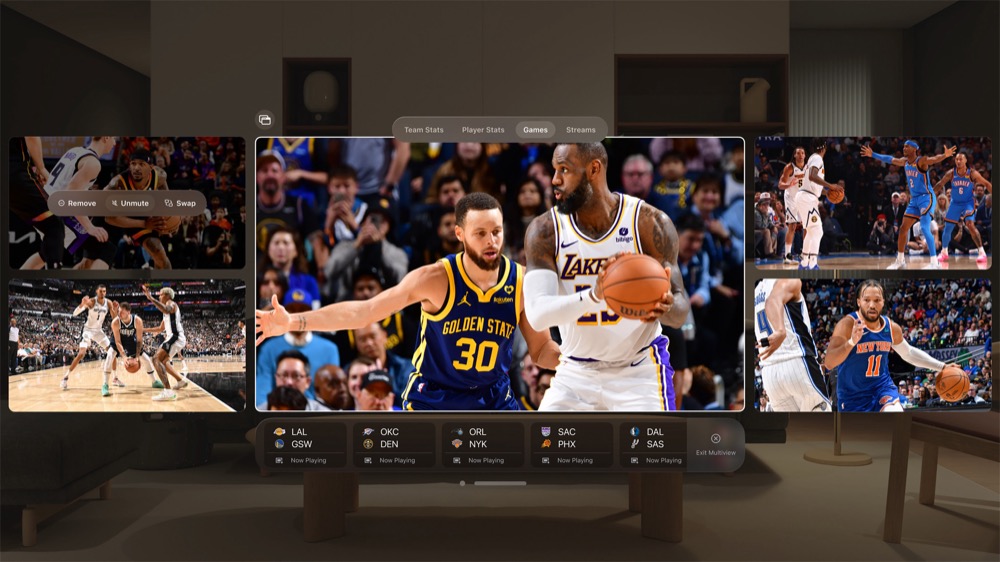Apple explains how it protects privacy in Vision Pro…

Apple has published a privacy overview that tries to explain why its phenomenally well-received Vision Pro isn’t a data-grabbing surveillance machine.
A right to privacy
At its root, Apple’s main argument is that it has built the system to work with the minimum of data, and that privacy is baked inside. At least, right now it is. Who knows if wrong-headed legislation such as the UK Regulatory Powers Act can/will undermine that promise in future?
But for now, we have these promises.
“At Apple, we believe privacy is a fundamental human right,” the overview begins. Later it promises, “We built visionOS from the ground up to protect your privacy and the privacy of people around you.”
That means Apple has worked to build great user experiences that do not require your personal data is “collected and used for other purposes by Apple, apps, or anyone else.”
So, what are the key protections here?
Apple says where you look is (mostly) private
For me, one of these is eye tracking. Apple promises that the eye tracking in the device does not track where you look, unless you are using glance to interact with content.
“Where you look can reveal what you are thinking, such as links you almost clicked or apps you thought about downloading. To keep your thought process private, where you look before you interact with content is not shared with Apple or the apps you are using, and does not leave your device,” Apple explains.
Why you should watch the white light
Apple also attempts to dismiss concerns that people around Vision Pro users may be filmed. Protection here means that if you are near someone who is wearing one of these devices and it starts to pulse with a white light, then recording is taking place.
This also means the device does not share information about your surroundings with Apple or any third party developer, the company says. Nor does the visionOS system share information about who may be near you with apps, websites, or Apple itself.

What is shared?
There are other limitations, too, such as that Optic ID data for iris authentication is encrypted and never leaves the device. And when you browse apps on the App Store you can see if the apps require information about head movement, hand movement, and your surroundings.
The report also defines what kind of information about your surroundings apps can actually access. This includes detecting flat surface, scene reconstruction, object recognition and image anchoring. However, there are exceptions. Apple cites the Encounter Dinosaurs app which will map the world up to 5m around you in order to create realistic experiences.
Can Persona be the new Deep Fake?
Many are becoming concerned that Apple’s Persona feature (realistic video of you talking using AI-generated characters) may be vulnerable to abuse, for example as fake videos. Apple has put some protection in place, including the need for passcode and Optic ID authorization. That means someone with physical access to your Vision Pro may not be able to make that fake video of you.
Platform privacy tools also include
Apple has also bought across a slew of privacy protecting features already used elsewhere, including e App Tracking Transparency, Advanced Data Protection, iCloud Private Relay, Hide My Email, and more. The company continues to roll out additional protections, for example the recently introduced iMessage Contact Key Verification system and support for mobile device management systems.
Privacy features brought to Apple Vision Pro
- Advanced Data Protection
- App Tracking Transparency
- Data Access prompts
- Data Protection classes
- Hide My Email
- iMessage encryption
- iCloud Private Relay
- Location Services
- Privacy indicators
- Private Network Address
- Safari Private Browsing.
You can read the entire guide for yourself here.
Please follow me on Mastodon, or join me in the AppleHolic’s bar & grill and Apple Discussions groups on MeWe.




